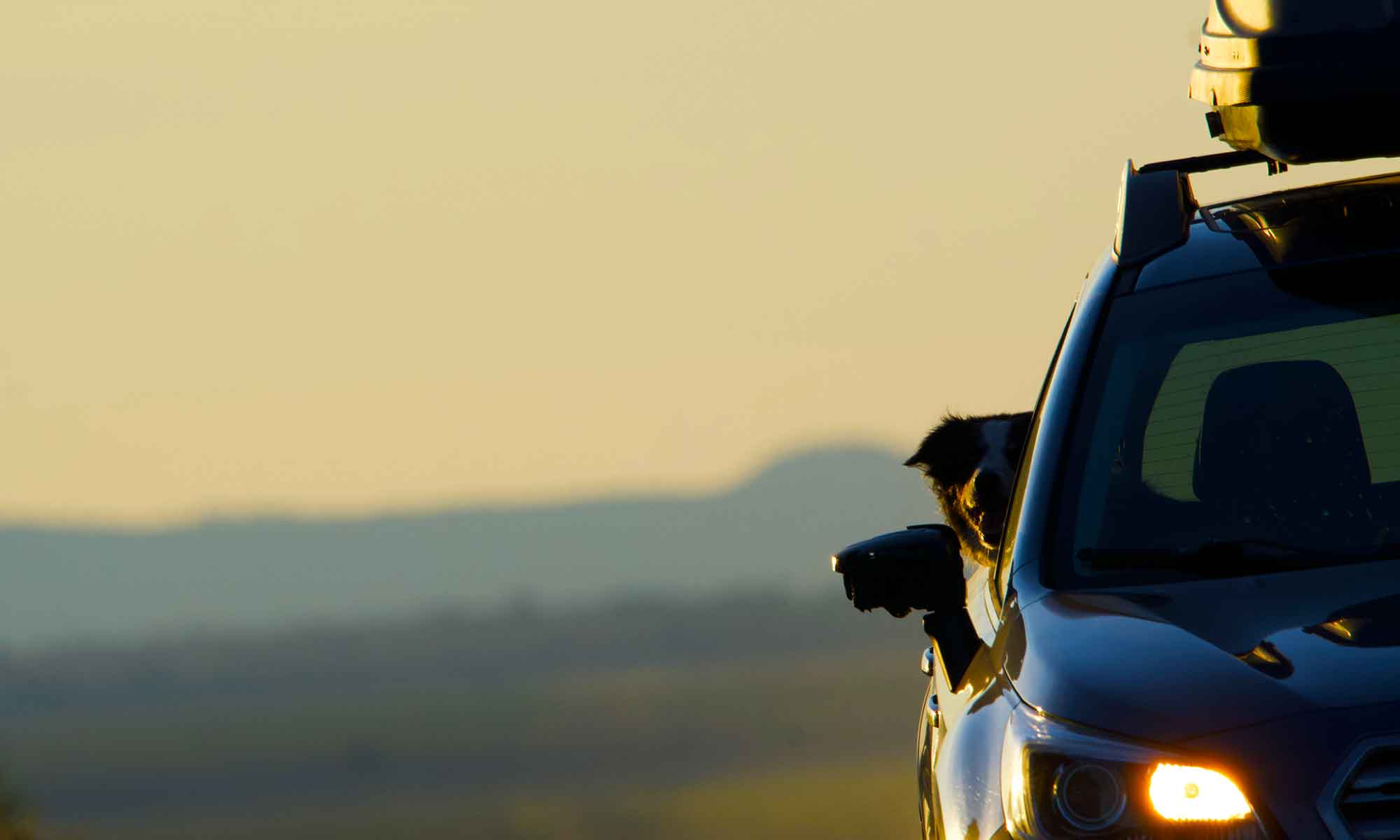
This week Central Oregon skipped spring and went straight to summer. Not complaining, but it was an abrupt shift in weather and attitude.
We’re long overdue for a Summer Lake trip, so we loaded up the bird books and headed east.

It might be a bit cliche . . . turn seventy and post a piece on birding. Is that too much, old guy? In between trips to the river, which by the way are great places to bird, we do regular bird-centric excursions.

 Over the years we’ve sat, eyes pinned to lenses, along a lot of different marshes. Living on the northern edge of the Great Basin puts us close to a few stopovers on the Pacific Flyway. One of the best, in our opinion, is Summer Lake Wildlife Refuge.
Over the years we’ve sat, eyes pinned to lenses, along a lot of different marshes. Living on the northern edge of the Great Basin puts us close to a few stopovers on the Pacific Flyway. One of the best, in our opinion, is Summer Lake Wildlife Refuge.
Unlike wildlife areas with better ‘press,’ Summer Lake never disappoints. Here we squint across a hundreds of yards of field. The loop road, often just a couple of tire ruts along the top of a dike, allows for great birding opportunities.

It was an unseasonably warm spring day, perfect time to catch the first round of migratory birds moving across the country. Some will spend weeks, others will move on in a few days.
The great thing is they never cease to amuse; like an acrobatic yellow-headed black bird bouncing from stalk to stalk, or Clark’s Grebes hunting a secluded section of the pond.
There is another visit scheduled for later this spring, well before the summer heat.
































 The north half of the refuge’s loop road is closed for the season. But it’s easy to drive along Windbreak dike to a camping site on the SE side of the refuge.
The north half of the refuge’s loop road is closed for the season. But it’s easy to drive along Windbreak dike to a camping site on the SE side of the refuge.

















 When we first pull up to the river there is a burst of activity. Cooler and camp chairs are set out and fly rods strung.
When we first pull up to the river there is a burst of activity. Cooler and camp chairs are set out and fly rods strung.


















